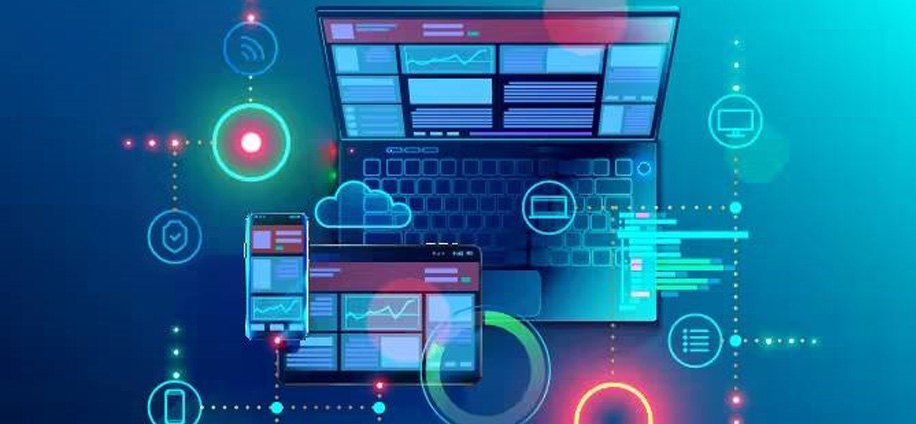
The dark web isn’t just a space for criminal activity—it's also a research frontier. From cybersecurity to journalism to academic analysis, thousands of professionals crawl hidden services to map marketplaces, gather threat intelligence, and study digital subcultures.
But unlike the surface web, where content is publicly visible and often meant for wide consumption, the dark web is built around privacy, consent, and anonymity. Crawling it without care can be a violation—not just of law, but of ethics.
So where do we draw the line? When is crawling a contribution to knowledge—and when does it become exploitation, surveillance, or harm?
Crawling refers to the automated indexing of websites—a process used by search engines and data analysts to collect content and metadata. On the dark web, this is more difficult and controversial.
Unlike surface web crawling, this often happens without consent or clear visibility, especially on forums and markets with login restrictions.
Companies specializing in cybersecurity, like Recorded Future or Flashpoint, crawl dark web markets to:
They often create private indexes or searchable dark web portals for their clients.
Researchers in computer science, criminology, and sociology study:
Many publish their findings—but not always their datasets.
Reporters use automated tools or manual crawling to:
Some even use crawling to validate whistleblower submissions by cross-referencing against leaked dark web documents
Crawling the dark web touches on privacy, consent, legality, and digital safety—often all at once.
Many dark web communities operate on trust and mutual anonymity. Crawling forums, scraping private messages, or indexing profiles:
Even if the content is illegal or harmful, users didn’t agree to be studied—especially by third parties who profit from their data.
Collected data can be leaked, hacked, or mishandled. If a security firm gathers PGP keys, login handles, or IP-linked metadata, and that data is stolen:
The more sensitive the dataset, the more care and restriction it should demand.
Some countries view the simple act of accessing a dark web market—or downloading its content—as a criminal offense, even if no purchase is made.
Ethical crawling must balance curiosity with compliance, especially when publishing or sharing results.
While researchers may use crawling bots for efficiency, the tools are not neutral. Poorly configured bots:
Some bots intentionally impersonate humans to harvest deeper content, raising further questions about deception and boundary-pushing.
Ethical frameworks are still evolving, but best practices are emerging.
Some researchers advocate for community-informed practices, where they engage with dark web communities transparently, though this poses its own risks.
Crawling the dark web can be a force for good—uncovering ransomware operations, exposing trafficking, and informing policy. But it can also become a form of digital surveillance dressed as research.
The difference lies in intent, transparency, and handling of the data. Researchers must ask:
As bots dig deeper and AI amplifies analysis, ethical crawling isn’t optional—it’s essential.